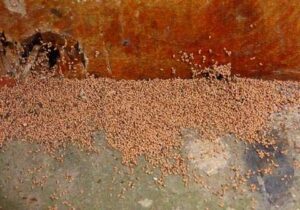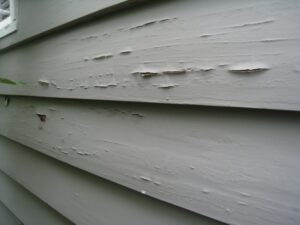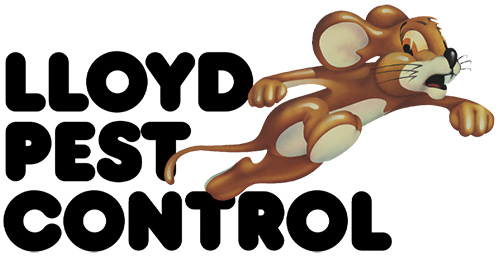Termite Season: Termite Warning Signs and Termite Prevention.
Pest Control and Extermination TipsTermite Control and Extermination Articles
By Eric Paysen, Ph. D.
The end of summer brings with it melancholy. But here in Southern California, it also brings Santa Ana winds. And wildfires. And a much less publicized disaster waiting to happen: termites. Each September and October, millions of mating termites swarm through our skies in search of new homes to colonize. The annual cost of termite damage in the U.S.? Five billion dollars.
Wood is critical to the survival of termites, which is why swarms will fly around in the hope of landing on a wood-framed home, garage, fence or gazebo. Poor eyesight leaves the fate of the termites up to the winds. For this reason, 99 percent of the termites in a mating swarm will die trying. Only one percent will successfully find a wooden structure to call home. The lucky male termites that do happen to latch onto a chunk of raw or exposed wood will look for a female partner. Water-damaged eaves, paint-chipped fascia boards, – these are the ideal conditions for termite romance. To termites, the exposed two-by-fours of a garage are like merlot and a Barry White album. Termite babies are born. The new family feeds itself on the structure. In time, the family becomes a colony, eating tunnels through the wood frame of the entire structure, often hollowing out beams and studs until they crumble.
San Diego, Riverside, and Orange County are ideal termite breeding grounds because of the combination of heat and humidity that pervades the region during the months of August, September, and October. Swarming typically takes place on sunny afternoons, when temperatures are between 80 and 90 degrees F.
While termites are somewhat unpredictable and can infest any type of property, there are some measures that you can take to protect your home and prevent termite infestation.
- Stay up to date on house repairs: Termites will try to find unpainted crevices or exposed raw wood fissures to bury themselves. Make sure that all wooden surfaces are sealed or painted. Don’t ignore exposed surfaces in the attic or garage.
- Use fine mesh screens over vent openings: Attic and crawl space vents are a very common point of entry for termites. Installing a fine mesh screen on your vents is easy and inexpensive.
- Get regular termite inspections: Most companies, such as Lloyd Pest Control, provide a free termite inspection. A healthy interval between termite inspections is two years. Eradicating termites before too much damage is done can mean the difference between spending a couple of hundred dollars versus thousands of dollars in termite treatment. Termite damage occurs slowly over time, so catching an infestation early is critical.
Termite damage is commonly identified in door frames, garages, and attics. Just about any wooden expanse, big or small, can be susceptible – even furniture and items of decor. Because termites work beneath the surface, it can take up to five-to-seven years before a termite colony produces any real detectable damage. Don’t panic if you see a couple of termites here or there; this is natural and should not be cause for alarm.
Warning signs that you may have a mature termite colony and infestation include:
- A swarm of termites emanating from your house, or termites flying around inside
- Piles of sawdust-like pellets or translucent wings abandoned near window sills and sliding glass doors.
- Surface blisters on wood. Often these blisters are caused by tunnels, or “˜galleys,’ dug by termites.


Following these simple termite preventative measures – and being able to identify termite warning signs – can help you avoid the costs and headaches caused by drywood termite swarms.
Dr. Eric Paysen is the lead Entomologist and Technical Director at Lloyd Pest Control, a Southern California-based company that specializes in ant and termite solutions. Dr. Paysen holds a Ph.D. in Entomology from Clemson University. See more from Dr. Paysen here.







Genuinely enlightening appreciate it. I think your audience may want more articles about termites – maybe about the other types of termites, too. We had the underground ones at my house. Carry on the excellent content.
Thanks for the feedback. We plan on adding more content around termites — it seems to be a big topic of conversation (especially around swarming season).
Yeah, It’s really horrible when we see that our all furniture is gonna be perished by Termites. Your article is really helpful for every one to be cautious. I often face this problem but after going through your article I gotta be cautious. Thanks for sharing your important thoughts.
Linda @ white furniture